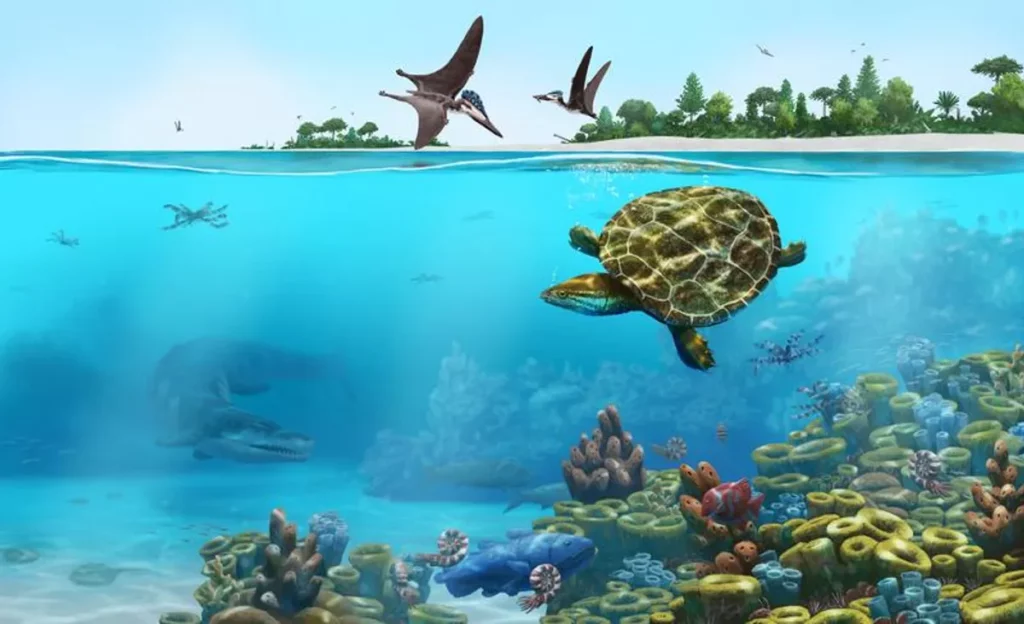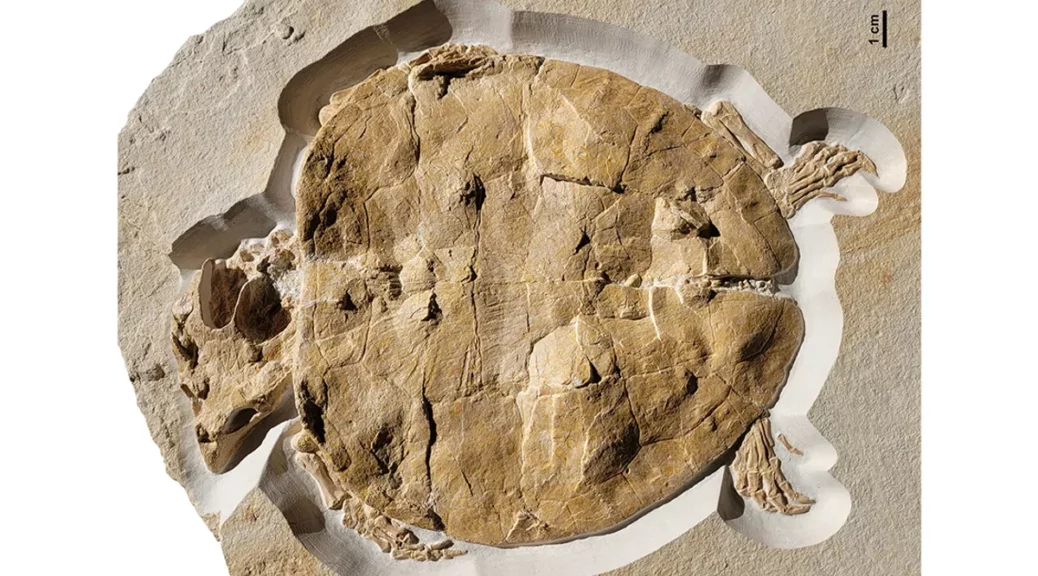Beautifully Complete 150-Million-Year-Old Turtle Fossil Discovered In Germany
An incredibly well-preserved fossil of an ancient Jurassic sea turtle has been uncovered in Germany, the first to have a complete skull, shell, and all four limbs.

The marine turtle had a massive head and would have swum through the shallows of a tropical sea that once covered Europe 150 million years ago.
Across the world, there are some extremely important fossil sites that have provided scientists with an array of specimens that help determine all sorts of information about the way ancient creatures once roamed across the land and seas of ancient Earth.
The Torleite Formation near Painten in southeastern Germany is such a place; an active quarry, it’s also home to hundreds of fossil Jurassic marine creatures such as turtles, crocodilians, fish, and even giant marine reptiles like ichthyosaurs and plesiosaurs.
It was here in 2014 scientists uncovered a new specimen of the turtle species Solnhofia parsonsi, dating back around 150 million years. This area is known as the Franconian Alb and contains large amounts of marine sedimentary rocks from the Lower and Upper Jurassic.
The specific area in which the turtle specimen was found had only begun to be investigated in the last 20 years and has provided a wealth of specimens in different taxonomic groups.
The variation in specimens led scientists to suggest that this area would have been once connected to the open sea.

The new specimen is exceptionally well preserved with a complete skull and skeleton visible. “Compared to the size of the carapace, the skull is very large, reaching approximately 40% of the carapace (shell) length,” the authors write in the study.
However, it can only be looked at from the top of the shell down. This is the first fossil with a complete skull, shell, and nearly complete limbs, and only the second of this species found with the head and rear limbs in their natural positions, which helps the team understand more about the turtles’ behavior.
The team thinks that the way the turtle’s paddles differed from the stiff flippers of deep-sea turtles suggests that it did not have a fully pelagic (open sea) lifestyle and so did not spend large amounts of time on the open sea. Instead, they reason that the paddle formation along with a difference in tail length suggests that this turtle’s ecology was more suited to being a shallow-water coastal marine species.
The study is published in PLOS ONE.
